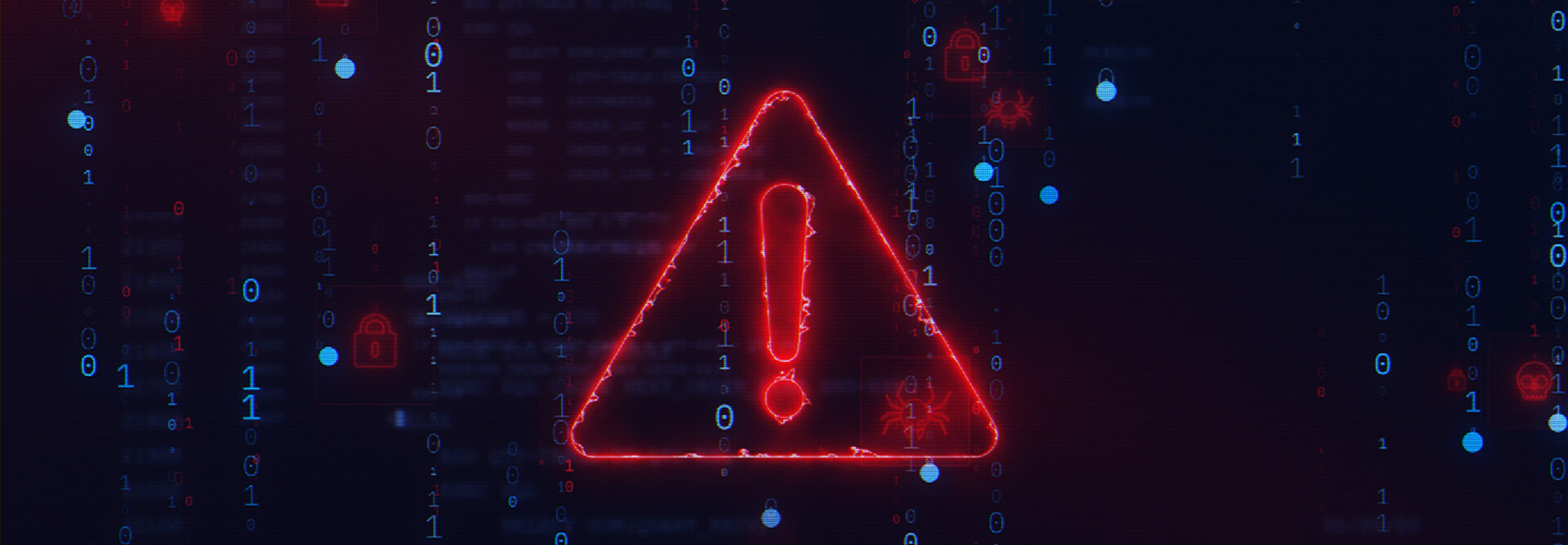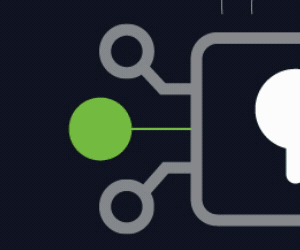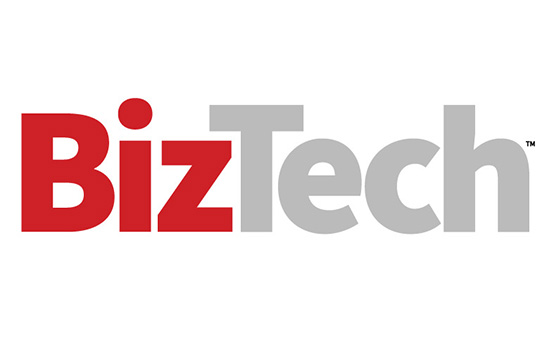Why Do SMBs Use Nonhuman Identities?
Most SMBs have some level of control and oversight over their human identities. But every IT environment also harbors nonhuman identities that allow for intersystem communications, Mouallem says.
When a human logs in to a network, they gain access to authorized resources associated with their identity. Service accounts, application programming interfaces keys, tokens and other machine actors also require access to systems to do their jobs, Mouallem says.
“Nonhuman identities are used to operate any modern solution, regardless of industry,” Mouallem says.
Delinea estimates that there are 46 nonhuman identities for every 1 human identity in modern IT environments. This means that a business with 200 employees might have as many as 9,200 nonhuman identities.
“They facilitate the communications between different services and entities. They operate in the background and are often set to allow that communication, and then they’re ignored,” Mouallem says.
While nonhuman identities are important for automating workflows — setting and forgetting them — their credentials are often not refreshed within recommended time frames, according to Delinea’s research.
DIVE DEEPER: Identity and access management’s role is evolving in complex IT environments.
How Do Nonhuman Identities Expand the Attack Surface for SMBs?
SMBs, especially those with 200 or more employees, frequently interact with third-party companies such as customers, contractors and vendors. By exposing nonhuman identities to those third parties, they expand their attack surface. This potentially opens the door for bad actors to use nonhuman identities as access points.
“Under-secured identities become attractive targets, especially with the high volume of NHIs in environments,” CrowdStrike notes. “With seemingly countless NHIs deployed across modern organizations, it is easy for NHIs to be overlooked in security strategies, introducing a higher risk of unauthorized access.”













